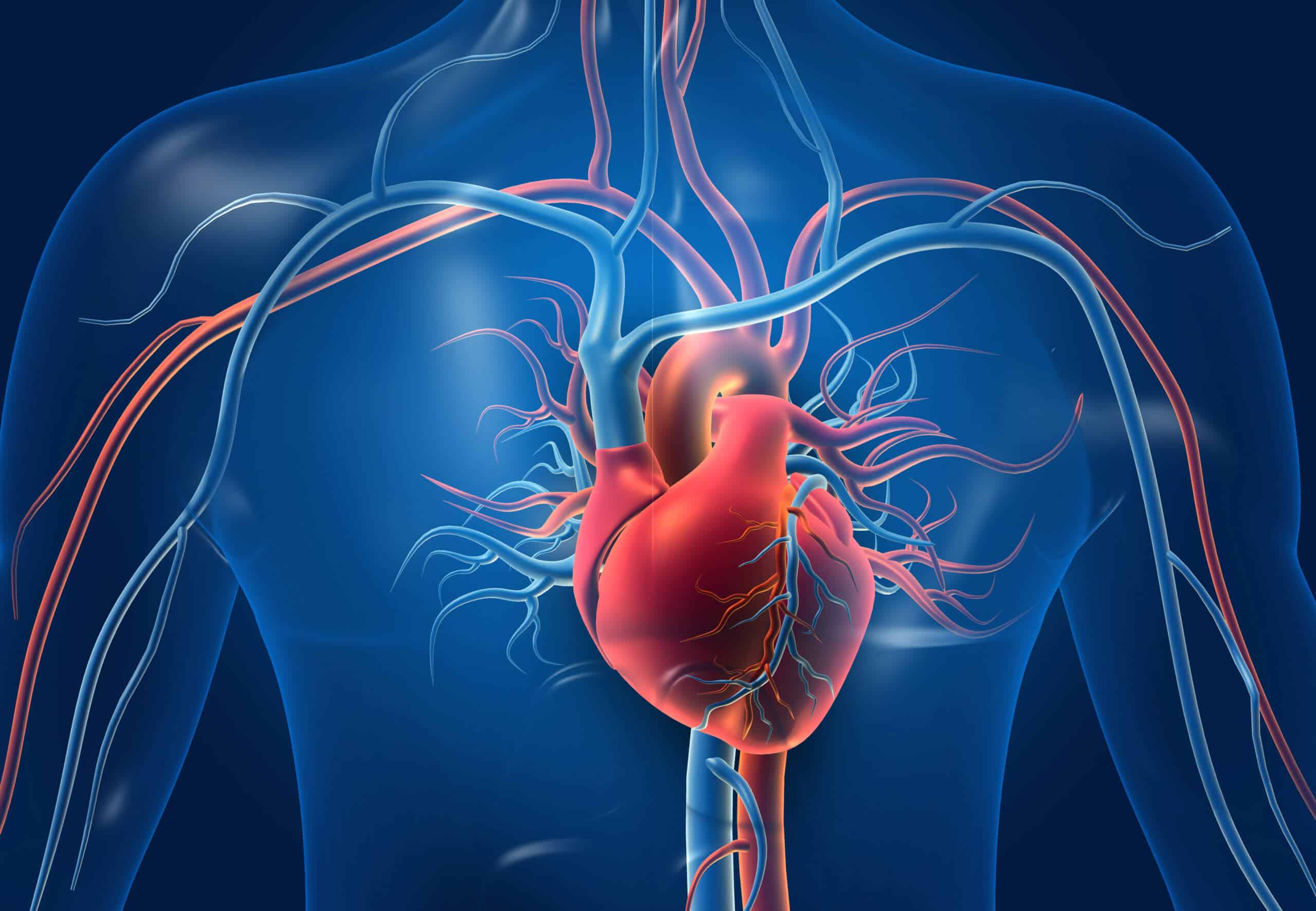Anatomy involves the identification and description of different structures of living things. An understanding of anatomy is critical to students who are interested in practicing medicine along with other areas of health. In medicine, there are different things that you should know about anatomy.
Anatomy involves the identification and description of different structures of living things.
An understanding of anatomy is critical to students who are interested in practicing medicine along with other areas of health. In medicine, there are different things that you should know about anatomy.
Read on to learn how to easily improve your knowledge of anatomy if you are a medical student.
Acquire Information
The first and most important step of holistic information involves the acquisition of information.
You need to acquire anatomy knowledge from a book and transfer it to your brain. You need to simplify the knowledge to absorb in a short time for easier understanding.
An excellent way of acquiring data is note-taking which involves sketches, arrows, and short notes.
This helps you connect ideas in a sensible way that also enables you to understand when you consume large volumes of information.
When taking notes, you must focus on the most crucial information that you can quickly relate to your field of study.
Know the Location and Different Types of Organs
Anatomy involves the study of bones in the human body.
You need to understand the different types of bones in the body and where they are located. The vomer bone has interesting facts that you should know concerning facial bones.
The vomer is a thin, small, and plow-shaped bone that is found in the midsagittal line. It divides your nasal cavity into two parts, one on the interior and another on the posterior side of the facial bone anatomy.
The vomer does not have any muscle attachment.
Understand the Knowledge you Acquire
Without comprehension or lack of understanding, it becomes useless to acquire knowledge from books or different online sources.
The good part is that anatomy does not involve complex material, but you have to go through large volumes of details which eventually make the subject difficult.
During your acquisition stage, you will automatically understand that part of the material that you go through.
The other important step that you should remember is that you must not ignore concepts or other terms and functions that you do not understand.
Make an effort to go through the concept once again to ensure that you understand it. Interestingly, once you master a challenging concept, you can retain the education for months or even years without revising it.
All you need to do is to make an effort to understand what you read.
Explore
Explore the information that you have acquired to try to deepen your understanding. Holistic learning begins when you start to connect ideas, reduce forgetfulness, and integrate new information with other knowledge that already exists.
Knowledge exploration can take three different forms that include the following:
- Depth exploration– Delve into the topic and understand its significance in your area of study.
- Lateral exploration– Connect the subject with other elements related to your area of study. For instance, you can try to find similarities and differences in various medical structures.
- Vertical exploration– Relate the topic with other concepts from different subject areas. You can compare medical structures with something from a different subject like physics, economics, and others.
As you explore different forms of data, it is at this stage that you try to remove errors that may affect your understanding.
Apply and Test
Applying the education that you have acquired is an effective way of learning.
You can start applying the anatomy knowledge to the real world to ascertain your level of understanding of the subject.
You can also explore the possibilities and other alternatives that can help you deal with anatomical issues.
You must apply anatomy to your everyday life in order to gain practical insight into how different components of the body function.
The last and crucial step of learning anatomy is testing. This stage helps you to gain a deeper understanding and provide feedback that helps you to test the level of accuracy of your knowledge. You must test yourself to prevent wasting your hard work when you forget everything within a short period.
Anatomy involves the study of different structures that make up a living organism.
The understanding of anatomy is vital in the study of medicine and health science. This subject involves a lot of information, so you should take a holistic approach to understand it.
The first step that you need to take is to acquire information from different sources. .
Do not limit your knowledge to the information you acquire from books since you need to explore and relate it to the real world.
Photos: Shutterstock
Improve your eating habits: Chinese Medicine and Five Element Nutrition
Improve Your Eating Habits: Chinese Medicine And Five Element Nutrition
Support us!
All your donations will be used to pay the magazine’s journalists and to support the ongoing costs of maintaining the site.
Share this post
Interested in co-operating with us?
We are open to co-operation from writers and businesses alike. You can reach us on our email at [email protected]/[email protected] and we will get back to you as quick as we can.










